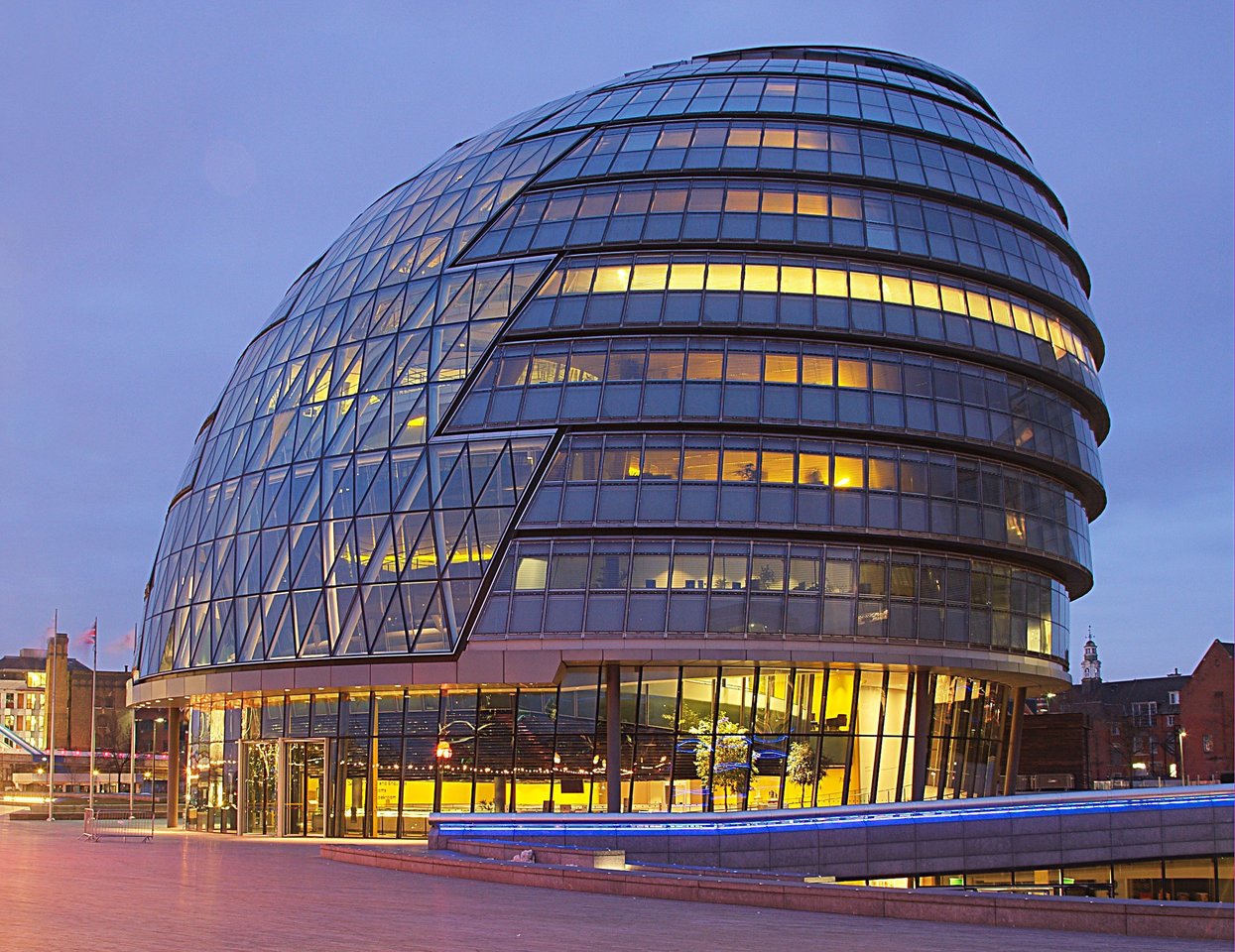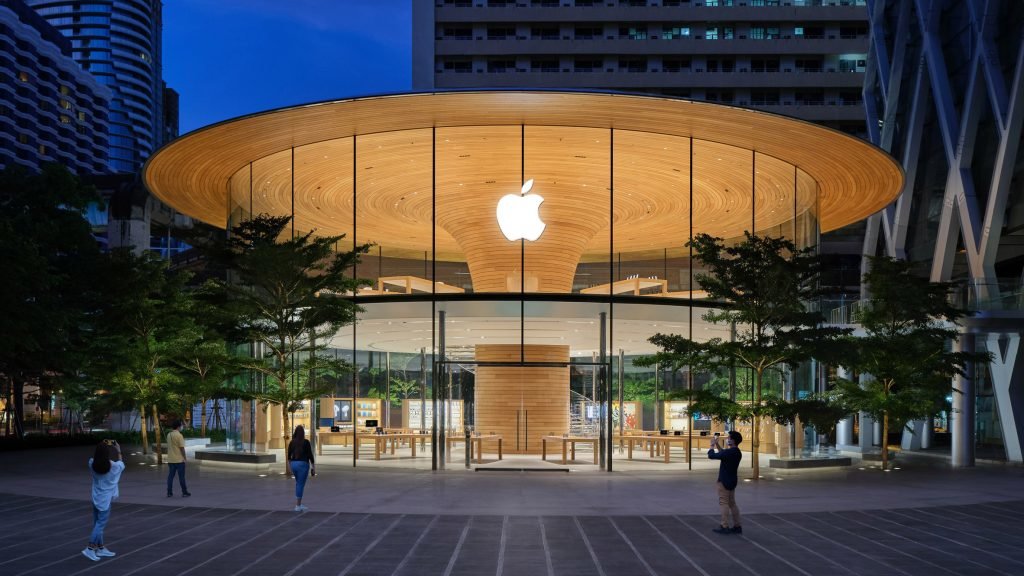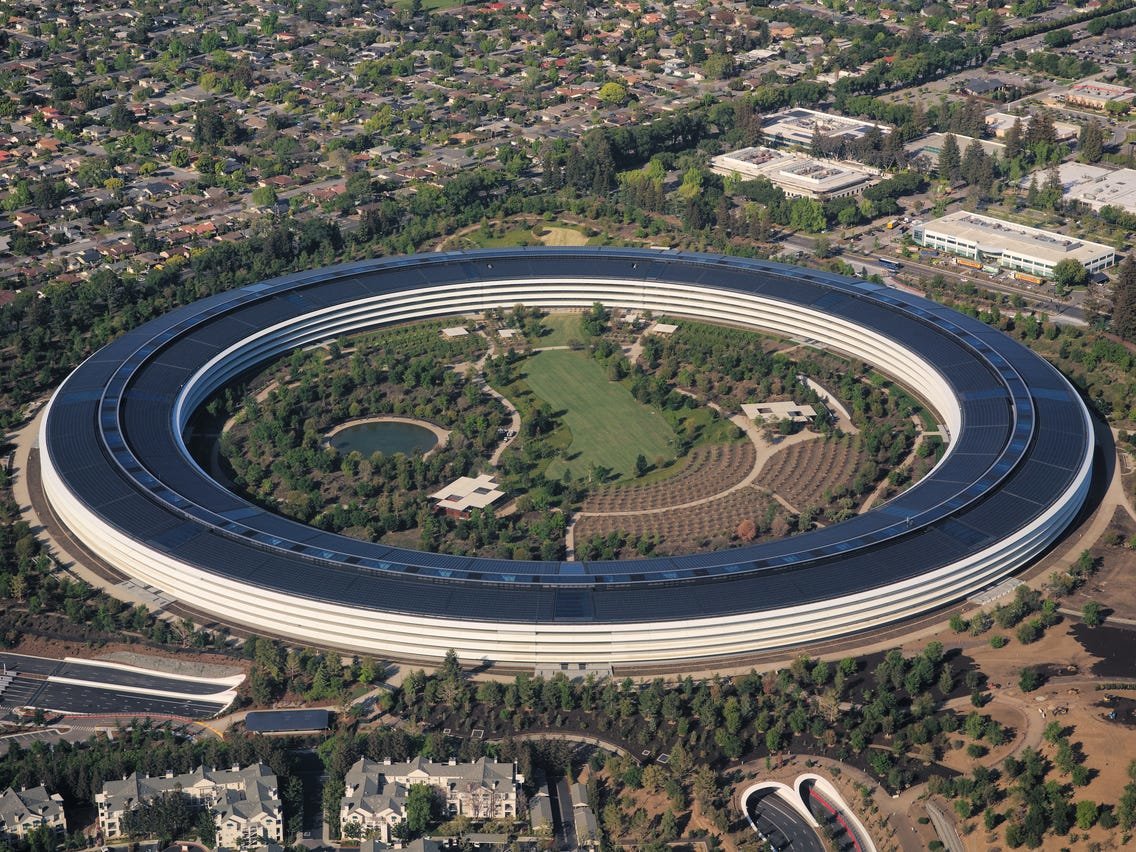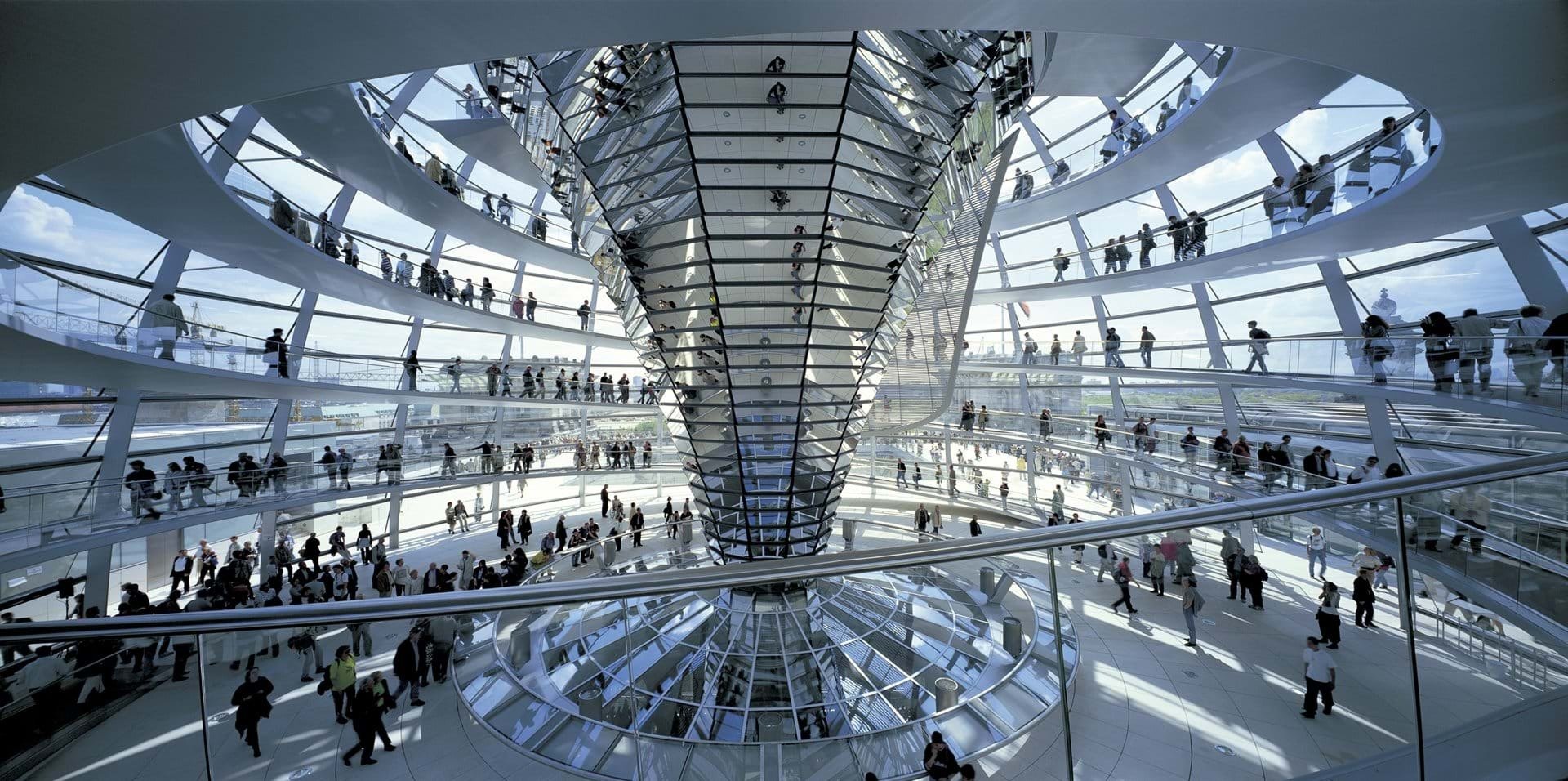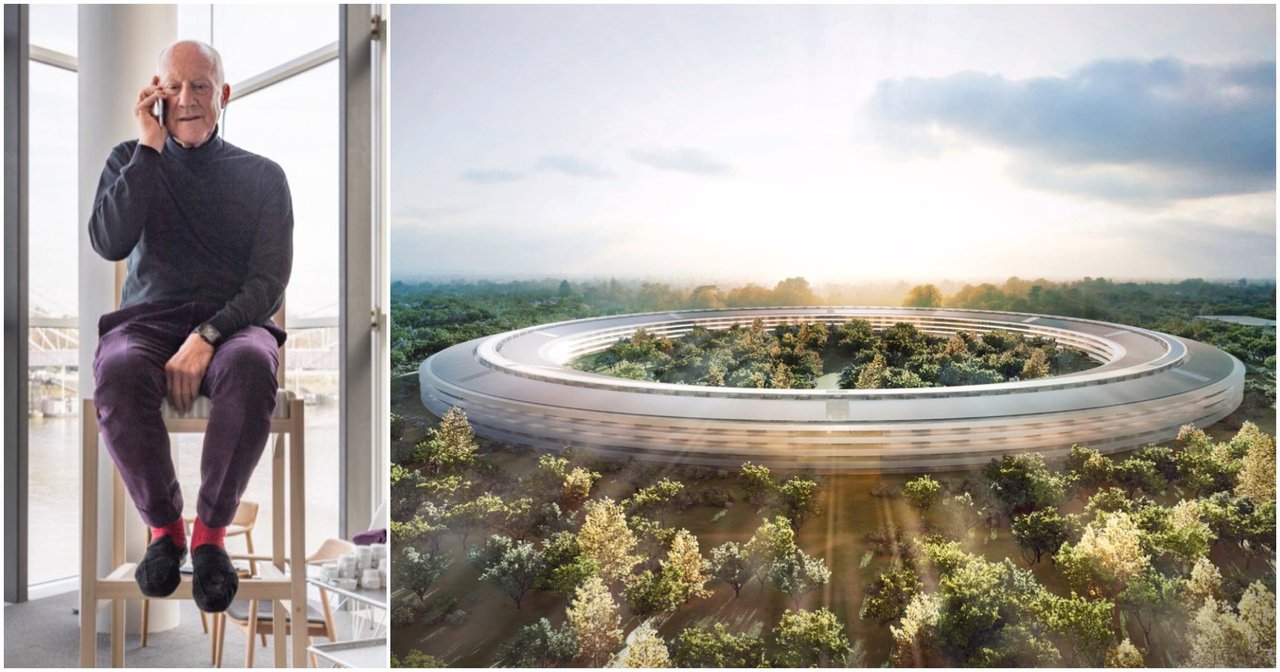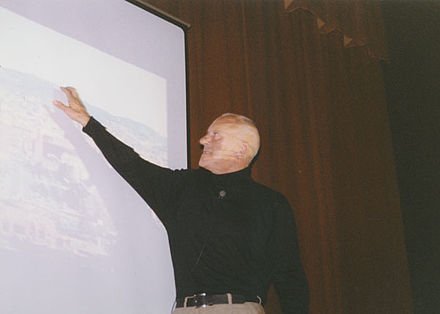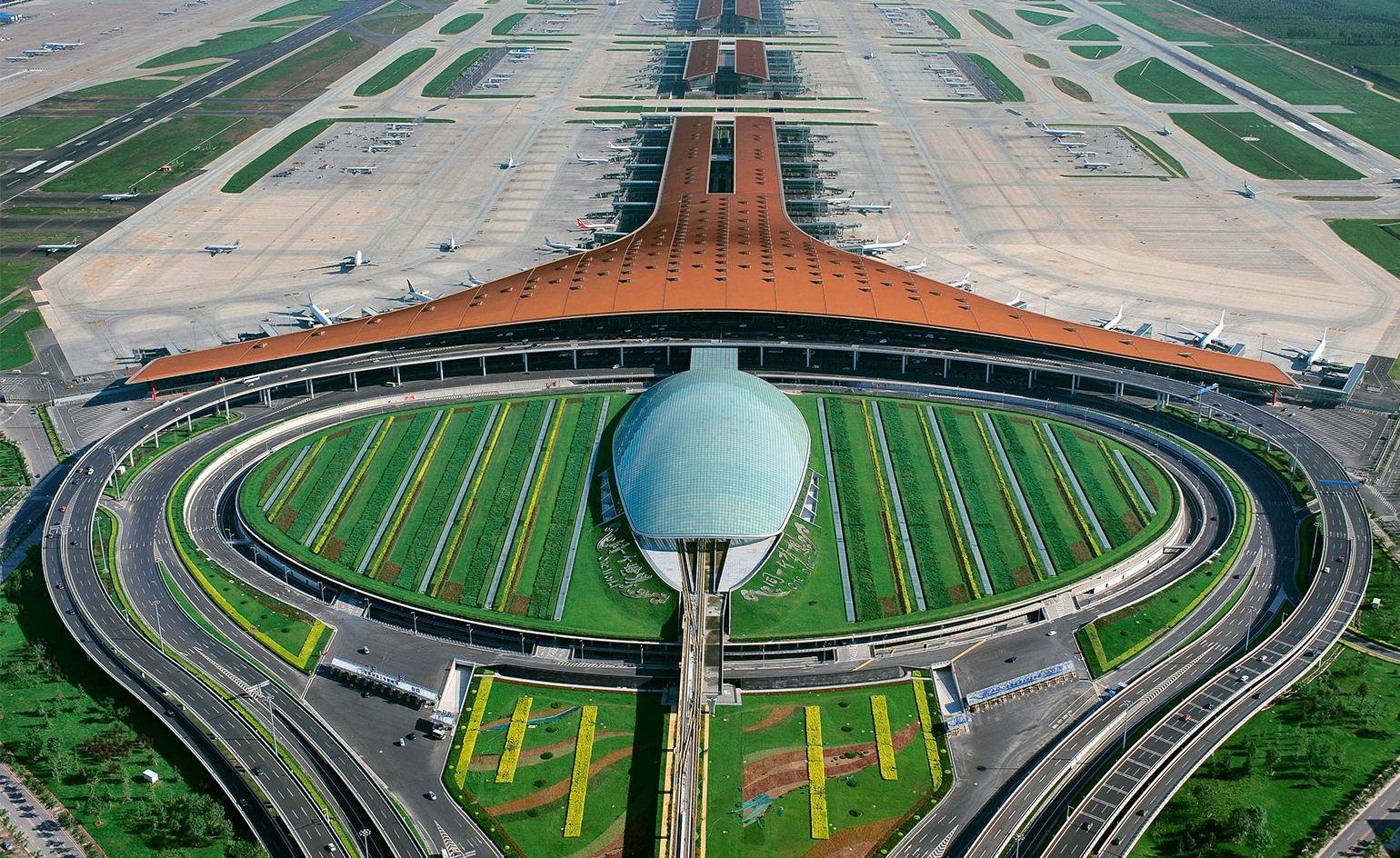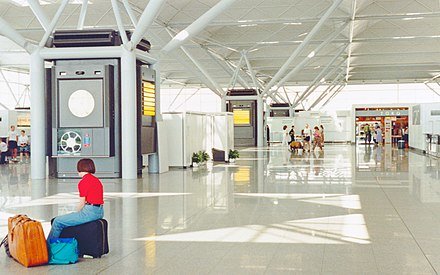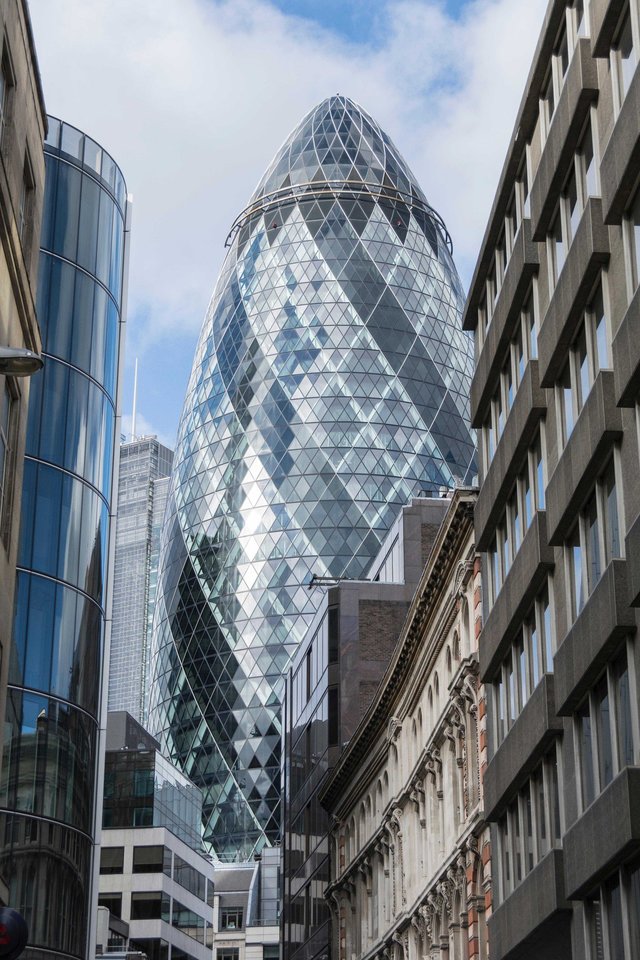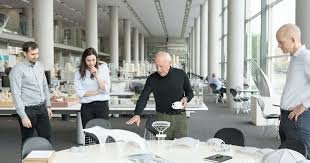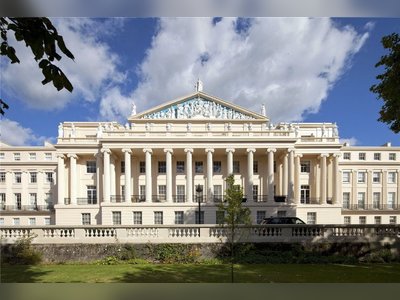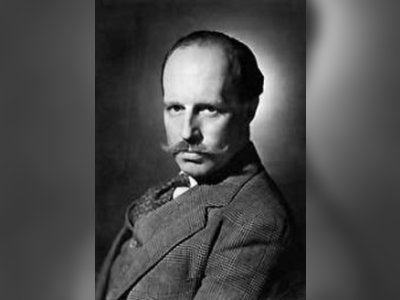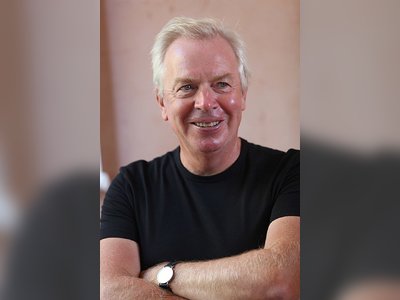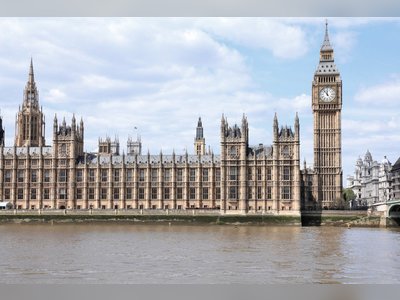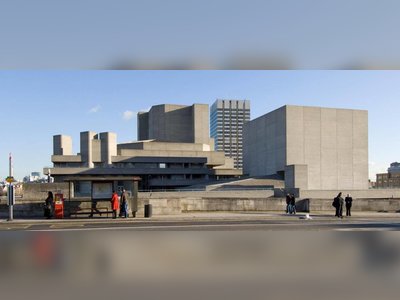British Heritage
Remember, Cherish, Learn.
beta
Norman Foster
A Modernist Maestro and a Testament to British Architectural Heritage.
Introduction
Born on 1 June 1935, Norman Robert Foster, Baron Foster of Thames Bank, is an embodiment of the potential and prestige of British modernist architecture. As a stalwart in the architectural world, Foster is renowned for his pioneering contributions to the evolution of high-tech architecture. Not just an architect but also a creative visionary, he has left an indelible mark on the landscape of global architecture, and particularly, the architectural heritage of Britain. Foster's architectural practice, Foster + Partners, stands as the largest in the United Kingdom, with an international reach. Beyond his professional practice, Foster is a mentor and leader, presiding over the Norman Foster Foundation. The foundation, established in June 2017, seeks to promote interdisciplinary thinking and research to help upcoming generations of architects, designers, and urbanists anticipate the future.
Early Life and Formation
Foster's journey into the world of architecture began humbly in Reddish, a region north of Stockport, Lancashire, where he was born in 1935. Despite being raised in a financially challenged household, Foster's intrinsic curiosity and creative inclination remained undeterred. His parents, Robert and Lilian Foster, who were dedicated workers, planted the seed of diligence in young Foster. His father's occupation at the Metropolitan-Vickers works in Trafford Park sparked an interest in Foster towards engineering, design, and eventually, architecture.
After his tenure in the Royal Air Force, Foster pursued his passion for architecture. His meticulous attention to detail and fine drawing skills landed him a job at John E. Beardshaw and Partners, where he was encouraged to build a portfolio of drawings. His exceptional talent was recognised, which led to his promotion within the firm.
Foster pursued formal education in architecture from the University of Manchester, balancing his academic pursuits with part-time jobs. His exceptional academic performance was recognised in 1959 when he won a RIBA silver medal. Following this, Foster moved to the United States under the Henry Fellowship to study at Yale School of Architecture. This period at Yale, where he met his future business partner Richard Rogers, played a pivotal role in shaping his architectural style and approach.
Architectural Career: Building a Legacy
In 1963, after his return to the UK, Foster established an architectural practice, Team 4, along with Rogers and other associates. Among the earliest projects was the Cockpit, a minimalist glass bubble in Cornwall, which showcased recurring themes in Foster's future projects.
Following the dissolution of Team 4, Foster established Foster Associates in collaboration with Wendy Cheesman. From 1968 to 1983, Foster collaborated with American architect Richard Buckminster Fuller on several projects that echoed a commitment to an environmentally sensitive approach to design.
Foster's innovative designs were not just limited to industrial buildings. A landmark project was the Willis Faber & Dumas headquarters in Ipswich, completed in 1975. Foster introduced a sense of community to the workspace, featuring modular, open-plan office floors, long before such a layout became common.
In 1981, Foster received a commission to construct a new terminal building at London's Stansted Airport. The completed building stands as a monumental testament to high-tech architecture. Foster's involvement in the project also included collaborative proposals for stained glass artwork, contributing to a rich blend of colour and materials in high-tech architectural design.
Throughout the 1980s and 1990s, Foster designed some of the world's most recognised buildings, including the HSBC Main Building in Hong Kong, one of the most expensive buildings ever constructed.
Foster's creativity extended beyond conventional architectural projects. In 2004, he designed the Millau Viaduct in Southern France, the tallest bridge in the world.
Pioneering the Future: Apple Park and Beyond
Foster's creative vision transcended continents, and his design aesthetics left an enduring impression on Silicon Valley. He collaborated with Steve Jobs on the design of Apple's headquarters, Apple Park, in Cupertino, California. This ambitious project was completed and opened to employees in April 2017, six years after Jobs' passing.
Despite a lifetime of accomplishments, Foster's creative energy remained undimmed. In 2007, he worked with Philippe Starck and Sir Richard Branson on the ambitious plans for Virgin Galactic.
Personal Life and Honours
Beyond his professional life, Foster has faced and overcome personal adversities, including a battle with bowel cancer and a heart attack. His resilience in the face of these challenges mirrors his determined approach to his professional life.
Recognised for his immense contribution to British architecture, Foster was made a Knight Bachelor in the 1990 Birthday Honours, and was raised to the peerage as Baron Foster of Thames Bank in 1999. He was appointed to the Order of Merit (OM) in 1997.
Conclusion: A Living Legacy
Norman Foster's contributions extend beyond architectural designs. His drive for nurturing young talent, commitment to environmental sensitivity, and constant push for innovation has indelibly marked the architectural landscape of Britain and the world. His dynamic approach to architecture showcases the best of British creativity and offers a beacon of inspiration for future generations of architects, designers, and urbanists. Through his work and his ethos, Foster's legacy continues to enhance and shape British heritage.
- Norman Foster, Baron Foster of Thames Banken.wikipedia.org
